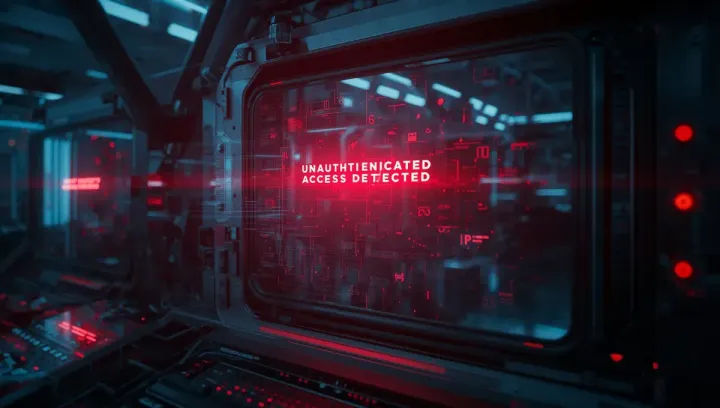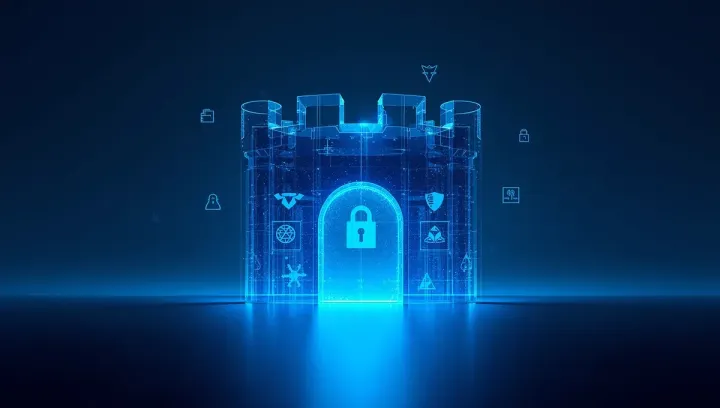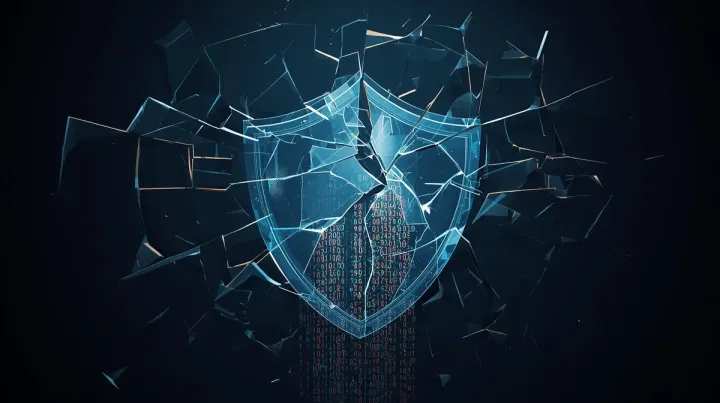
Beyond the Penguin: The New Wave of Linux Malware in 2025
For decades, the Linux community has held onto a comforting mantra: “I use Linux, I don’t get viruses.” It was a badge of honor, a testament to the inherent security of the open-source model. For a long time, it was mostly true. The malware world focused on the low-hanging fruit of Windows desktops. But the digital landscape of 2025 is vastly different, and that old mantra is not just outdated—it’s dangerous.
Linux runs the world. It powers the majority of cloud servers, underpins the entire Android ecosystem, and is the brain inside billions of IoT devices. This dominance has turned it from a niche, safe harbor into the most valuable target for cybercriminals. The penguin is no longer in a quiet arctic landscape; it’s in the middle of a bustling, dangerous city, and the threats are evolving faster than we can track.
The New Hunting Grounds: Cloud and IoT
The primary reason for this shift is simple: Linux is where the data is. Attackers are no longer just trying to hijack your desktop; they are aiming for the crown jewels. They are targeting the sprawling cloud infrastructure built on Kubernetes and Docker, and the vast, often-unsecured networks of IoT devices.
Why? Because compromising a single cloud server can grant access to sensitive corporate data, customer information, or a powerful node for a cryptocurrency mining botnet. Hijacking thousands of cheap IoT devices creates a powerful weapon for DDoS attacks. The incentives are massive, and the malware has evolved to match.
Threat 1: Malware That Leaves No Trace
One of the most insidious new trends is the rise of “fileless” malware. Forget the old days of scanning for a malicious .exe file. This new generation of threats is designed to live entirely in a system’s memory.
These attacks, often called “Living off the Land,” use legitimate, trusted Linux tools against the system itself. They leverage common utilities like curl, wget, and bash to download and execute malicious scripts directly in RAM. Because no malicious file is ever written to the hard drive, traditional signature-based antivirus solutions are completely blind to them. It’s like a ghost in the machine, using the system’s own tools to carry out its nefarious tasks.
Threat 2: The Business of Crime - Linux RaaS
The game has also become professionalized. We are now seeing the rise of Ransomware-as-a-Service (RaaS) platforms that are built specifically to target Linux servers. This isn’t about lone hackers anymore; it’s a full-fledged criminal enterprise.
Criminal organizations develop and maintain sophisticated ransomware kits and then lease them out to less-skilled attackers for a cut of the profits. These kits are designed to exploit vulnerabilities in common server software, encrypt entire file systems, and bring businesses to their knees. The fact that there is a commercial market for Linux-specific ransomware tells you everything you need to know about how serious this threat has become.
Threat 3: The AI-Powered Predator
As if that weren’t enough, malware is getting smarter. Attackers are beginning to incorporate AI and machine learning to create polymorphic and modular malware.
- Polymorphic malware uses AI to constantly change its own code, creating a new signature with every infection. This makes it a moving target that is nearly impossible for signature-based scanners to keep up with.
- Modular malware, like the observed BotenaGo, allows attackers to build custom payloads. Instead of a one-size-fits-all virus, they can assemble a threat specifically designed to exploit the vulnerabilities of a particular target system.
Conclusion: The Age of Proactive Defense
The days of relying on Linux’s inherent security are over. While it remains a robust and well-built operating system, its popularity has made it a prime target. The threats of 2025 are not the simple scripts of the past; they are sophisticated, evasive, and backed by a criminal industry.
System hardening, diligent patching, and limiting root access are still fundamental, but they are no longer enough. We are entering an era where proactive, continuous monitoring is a requirement. This means embracing behavior-based detection tools that look for suspicious activity rather than just known malicious files. It means adopting a zero-trust mindset, even within our own networks.
The penguin is no longer safe just by being a penguin. It’s time we gave it a shield.


